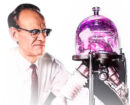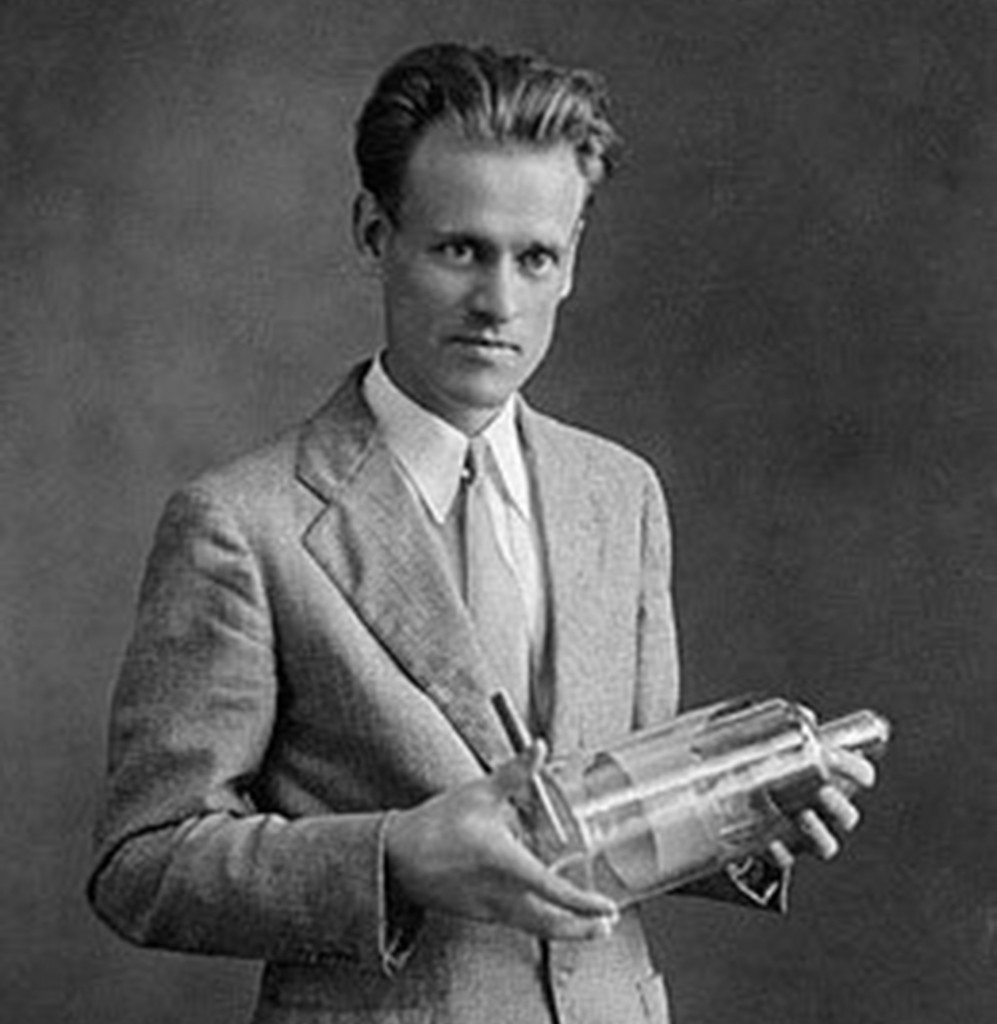Cut to the chase: Follow this link to Chapter 20: Tranquility Base at Medium.com
*
On Tuesday, July 16, 2019, the world will begin commemorating the 50th anniversary of Apollo 11, that improbable mission that culminated four days later with Neil Armstrong’s historic “giant leap for mankind.”
In recent weeks, there have already been recollections of the thousands – maybe hundreds of thousands – of men and women all over America who made countless individual contributions to the most ambitious project of the 20th Century.
But amid all the clamor and celebration, one pivotal name will likely be ignored, as it has been for most of the past 80 years.
That name is Philo T. Farnsworth. All he did was invent the damn television.
Without his seminal contributions in the 1920s and 30s, we might have had to just listen to the moon landing on the radio. Instead, half-a-billion people watched it all unfold in real time.
The outline of the Farnsworth story goes like this:
- Farnsworth was 14 years old in the summer of 1921 when he first dreamed of transmitting moving pictures, one line at a time, on a magnetically deflected beam of electrons from the bottom of one vacuum bottle to the bottom of another;
 In the winter of 1922, he drew a sketch of his idea for his high school science teacher in Rigby, Idaho. Arguably, every video screen on the planet – including the one you are looking at now can trace its origins to that sketch;
In the winter of 1922, he drew a sketch of his idea for his high school science teacher in Rigby, Idaho. Arguably, every video screen on the planet – including the one you are looking at now can trace its origins to that sketch;- In 1926 – After sitting on the idea for four years Farnsworth was set up in a laboratory in San Francisco with sufficient “venture capital” to begin experimenting with his ideas and fabricating the first television tubes;
- On September 7, 1927, with his wife and a handful of colleagues at his side, Farnsworth successfully transmitted the image of a rotating line from his “Image Dissector” tube to cathode ray tube receiver in an adjoining room. If you need a date when television actually arrived on the planet, that’s a date. It should be in the annals of human evolution along with Apollo 11’s touchdown on July 20, 1969,
- In the summer of 1930, Farnsworth was granted the seminal patents for the art that made fully electronic television possible. His patents became the technical cornerstone of a new industry.
- He fought through the 1930s with David Sarnoff and the Radio Corporation of America over the ownership of those patents;
- In 1939, RCA capitulated, accepting a license and making Farnsworth the first inventor ever paid patent royalties by RCA;
- As his invention spread across the land in the late 1940s and 50s, Farnsworth went on to other pursuits: most notably, a nuclear fusion process. Prototype devices were tested in the 1960s. 50 years later, nobody with knowledge of the field can say categorically whether or not the Farnsworth Fusor showed the way toward a clean, safe, and essentially limitless supply of energy from the same reaction that powers the sun and stars;
- By the time he appeared as a mystery guest on the TeeVee quiz show “I’ve Got A Secret” in 1957, none or the panelists recognized or knew the name whose invention had made their jobs possible.
All of this is recounted in my Farnsworth biography, The Boy Who Invented Television: A Tale of Inspiration, Persistence, and Quiet Passion (Amazon),
The last part of this tale – and Farnsworth’s own experience with Apollo 11 – has been retold in the final chapter of the book, which I have posted to Medium.com in time for the 50th anniversary of the first lunar landing.
Please follow this link to read that chapter and follow some additional links to web-stuff about the Philo T. Farnsworth, whose forgotten genius is rekindled every time we look at a video screen.
Like you are doing right fucking NOW.


